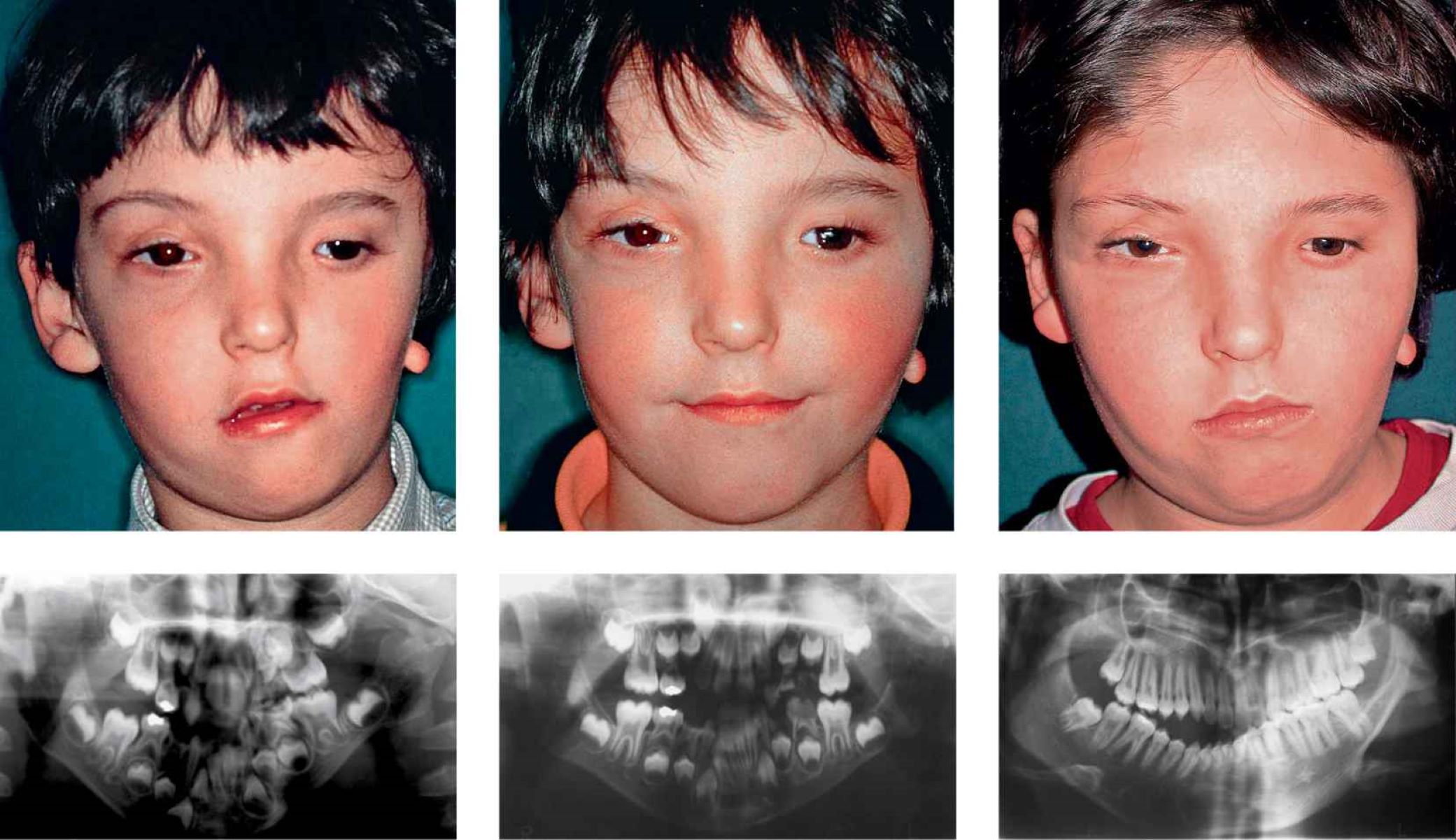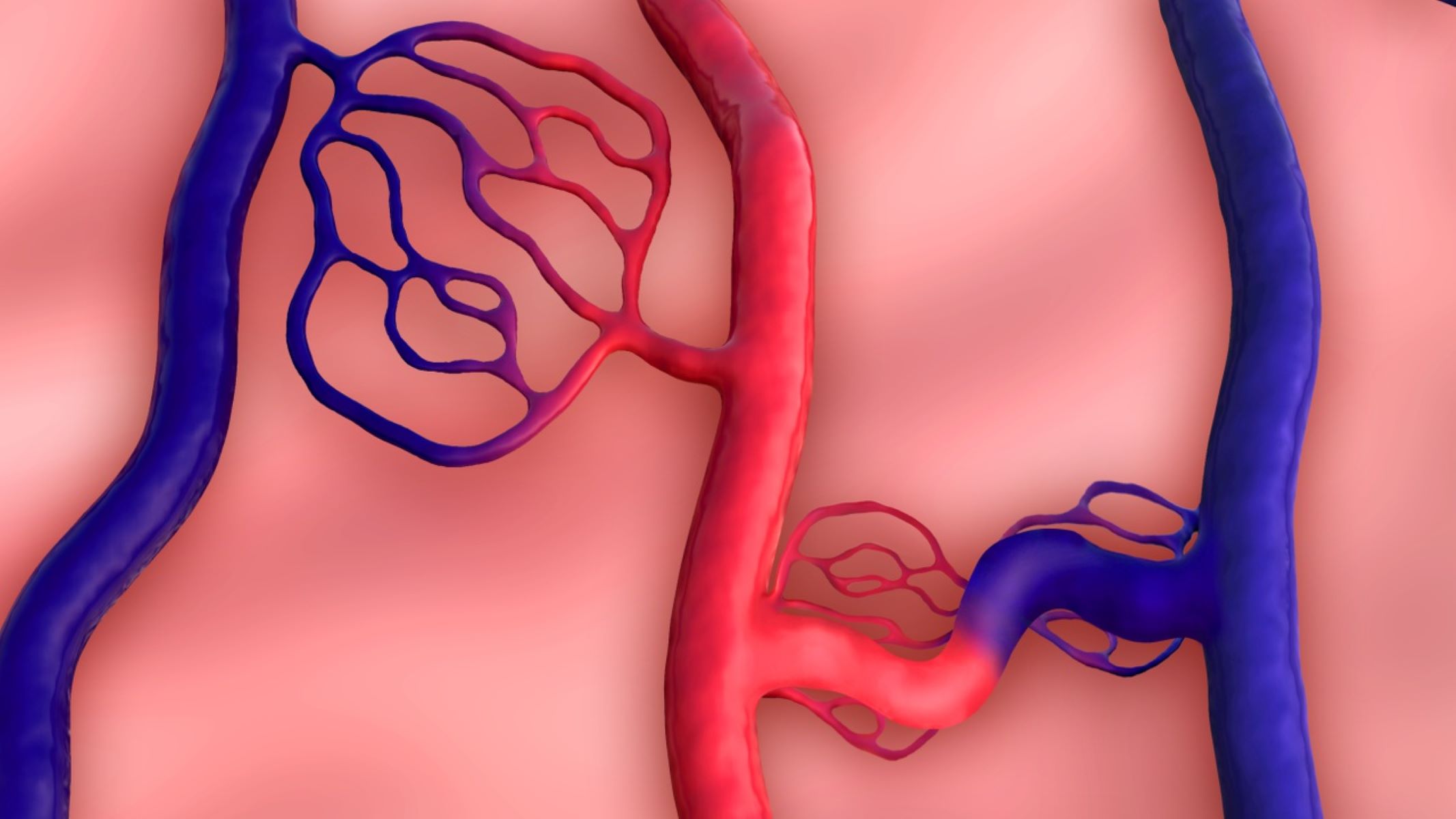
What is First Arch Syndrome? First Arch Syndrome (FAS) is a rare congenital condition that affects the development of the first pharyngeal arch, a crucial structure in forming parts of the face. This condition can lead to various facial deformities, such as underdeveloped or absent facial bones, cleft palate, and dental issues. Symptoms can range from mild to severe, impacting breathing, speech, and overall facial appearance. Diagnosing FAS involves physical exams, imaging studies, and genetic testing. Treatment often requires a multidisciplinary approach, including surgery, orthodontics, speech therapy, and psychological support. Understanding FAS helps in providing better care and improving the quality of life for those affected.
What is First Arch Syndrome?
First Arch Syndrome (FAS) is a rare congenital condition that affects the development of the first pharyngeal arch. This arch is crucial for forming several facial structures. Let's dive into some key facts about this condition.
-
Definition and Causes
First Arch Syndrome is a congenital anomaly affecting the first pharyngeal arch, responsible for forming facial structures like the maxilla, zygoma, and mandible. It can result from genetic mutations or environmental factors during embryonic development. -
Symptoms
Symptoms vary widely depending on severity. Common signs include underdeveloped or absent facial bones, oral clefts, dental issues, respiratory problems, and speech impairments.
How is First Arch Syndrome Diagnosed?
Diagnosing FAS involves multiple methods to ensure accuracy. Here's how doctors typically identify this condition.
-
Physical Examination
A thorough physical examination assesses facial structure and the oral cavity, providing initial clues about the condition. -
Imaging Studies
X-rays, CT scans, or MRI help visualize the extent of bone development and identify any abnormalities. -
Genetic Testing
Genetic testing can pinpoint mutations contributing to FAS, offering insights into its origins.
Treatment Options for First Arch Syndrome
Treating FAS often requires a multidisciplinary approach. Various treatments aim to address the different symptoms and improve the patient's quality of life.
-
Surgical Intervention
Surgery can correct facial deformities, repair clefts, and restore dental function, significantly improving appearance and functionality. -
Orthodontic Treatment
Orthodontic care, including braces, helps align teeth and improve dental aesthetics. -
Speech Therapy
Speech therapy addresses speech impairments, helping patients communicate more effectively. -
Respiratory Care
Respiratory care manages breathing difficulties, often involving nasal endoscopy or CPAP therapy. -
Psychological Support
Psychological support helps patients cope with emotional and psychological challenges related to FAS.
Surgical Approaches in Treating FAS
Surgery plays a crucial role in managing FAS. Various surgical techniques are employed based on the patient's specific needs.
-
Cleft Lip Repair
Repairing a cleft lip improves facial aesthetics and functionality. -
Cleft Palate Repair
Cleft palate repair enhances speech and eating capabilities. -
Maxillary Advancement
Moving the maxilla forward improves facial alignment and appearance. -
Mandibular Advancement
Advancing the mandible corrects jaw alignment, aiding in both appearance and function.
Orthodontic and Speech Therapy Management
Orthodontic and speech therapy are essential components of FAS treatment, addressing dental alignment and communication issues.
-
Braces
Braces align teeth and correct bite issues, improving dental function and aesthetics. -
Orthognathic Surgery
Orthognathic surgery corrects jaw alignment, enhancing facial symmetry and function. -
Speech Therapy Techniques
Speech therapists use various techniques to improve articulation, resonance, and overall speech quality.
Additional Support and Research
Managing FAS involves more than just medical treatments. Ongoing research and additional support play vital roles.
-
Genetic Counseling
Genetic counseling helps families understand the genetic basis of FAS and assess risks for future pregnancies. -
Current Research
Research focuses on identifying genetic mutations, developing new treatments, and enhancing patient care. -
Quality of Life
Despite challenges, many patients lead fulfilling lives with appropriate medical and psychological support. Improving quality of life remains a key focus of current research and treatment strategies.
Moving Forward with First Arch Syndrome
First Arch Syndrome (FAS) is a rare congenital condition affecting the development of facial structures. It can lead to facial deformities, oral clefts, dental issues, respiratory problems, and speech impairments. Diagnosing FAS involves clinical evaluation, imaging studies, and genetic testing. Treatment is multidisciplinary, often requiring surgical intervention, orthodontic care, speech therapy, respiratory management, and psychological support.
Surgical approaches like cleft lip and palate repair, maxillary and mandibular advancement are common. Orthodontic management and speech therapy play crucial roles in improving dental function and speech quality. Respiratory care and psychological support are essential for overall well-being.
Research continues to explore genetic and environmental factors, aiming to develop better treatments and enhance patient care. Despite its challenges, many with FAS lead fulfilling lives with proper support. Understanding and addressing FAS comprehensively can significantly improve quality of life for those affected.
Was this page helpful?
Our commitment to delivering trustworthy and engaging content is at the heart of what we do. Each fact on our site is contributed by real users like you, bringing a wealth of diverse insights and information. To ensure the highest standards of accuracy and reliability, our dedicated editors meticulously review each submission. This process guarantees that the facts we share are not only fascinating but also credible. Trust in our commitment to quality and authenticity as you explore and learn with us.


